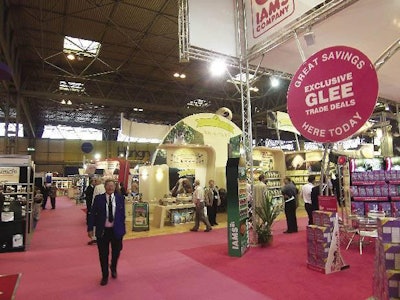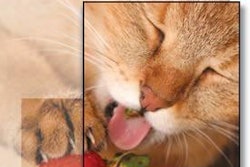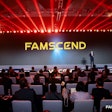
One of the challenges facing extruder operators in Europe arises from the way the market has progressively removed cereals from dry diets for dogs and cats. Wheat especially is far less frequently used today than even a year ago, victim to the sharp price rises seen in the later part of 2006. In extrusion, the difficulty now is how to cope with the non-cereal components that have appeared to fill the ingredients gap. Relatively little is known about these components in terms of their processing characteristics, and they can be quite variable for both physical structure and content.
Even before the extrusion know-how gets worked out, availability has become an issue for a variety of materials normally used in making food products, because of the latest international fascination with generating renewable forms of energy. Several examples already exist of by-products being put into biomass for gas generation instead of their former application in foods for animals. We are hearing advice that proteins will remain abundant, but energy-rich sources could slip into short supply.
This situation is ripe for exploitation by those with alternatives to offer. Among them is a manufacturer of full-fat soybean meal who has started European trials to include his material as an energy source for a dry dog or dry cat diet that contains meat products. He says the early results are encouraging. Applications might include use as a dietetic against obesity, and product development has solved the previous problem of flatulence experienced by dogs fed a full-fat version of soybean meal.
A processor measures its footprint
Every factory in Europe will be expected to know its carbon footprint as the battle intensifies against the greenhouse gases accused of leading to global warning. Without effective action, up to 50% more carbon dioxide is likely to be generated by 2030. The effect on the average daily temperature is predicted as an increase of more than 2ºC (36ºF.)
As a guide to recognizing how your company's footprint compares with others', an Irish based food group has worked out that 70% of the thousands of tons of carbon dioxide released by its activities in 2005 came from the manufacturing plant. Another 19% was traced back to packaging and ingredients, at least 2.5% to transport, more than 7.5% to waste disposal and the other 1% to water treatment.
The main impact in manufacturing was from the energy consumed in processing foods. Therefore, more energy-efficient systems are desirable for both cost and climatic reasons, the company decided. It also started looking at carbonless technologies for its power sources, assessing renewable forms of energy such as wind turbines and the conversion of wastes into gas.
Layout change for UK's Petindex
British show Petindex has occupied the same exhibit hall in the National Exhibition Centre (NEC) in Birmingham, United Kingdom, since it was made part of the Glee annual garden and leisure equipment event a few years ago. So both the hall and the overall layout have become a familiar sight to regular visitors.
Last year the Petindex section was well attended at times without seeming extraordinarily busy. Certainly it gave the impression that only a portion of the 24,500 people attending Glee 2006 were involved in the pet trade.
Soon after the 2006 edition of Glee closed, the organizers announced a significant change in show layout for the next event, September 16-18, 2007. The intent is a more visitor-friendly version designed to improve traffic, match complementary products and create a more rewarding buying experience.
Several zones of the exhibition will move to new locations at the NEC. Petindex, together with a section on water gardening, moves to halls in a totally different part of the facility. The main difference for pet-business visitors is that these halls are served by a separate entrance on another side of the complex. The real test will be in the volume of traffic around the displays. With any luck the new location will prove to be a boost for business in the UK at the best possible moment.















